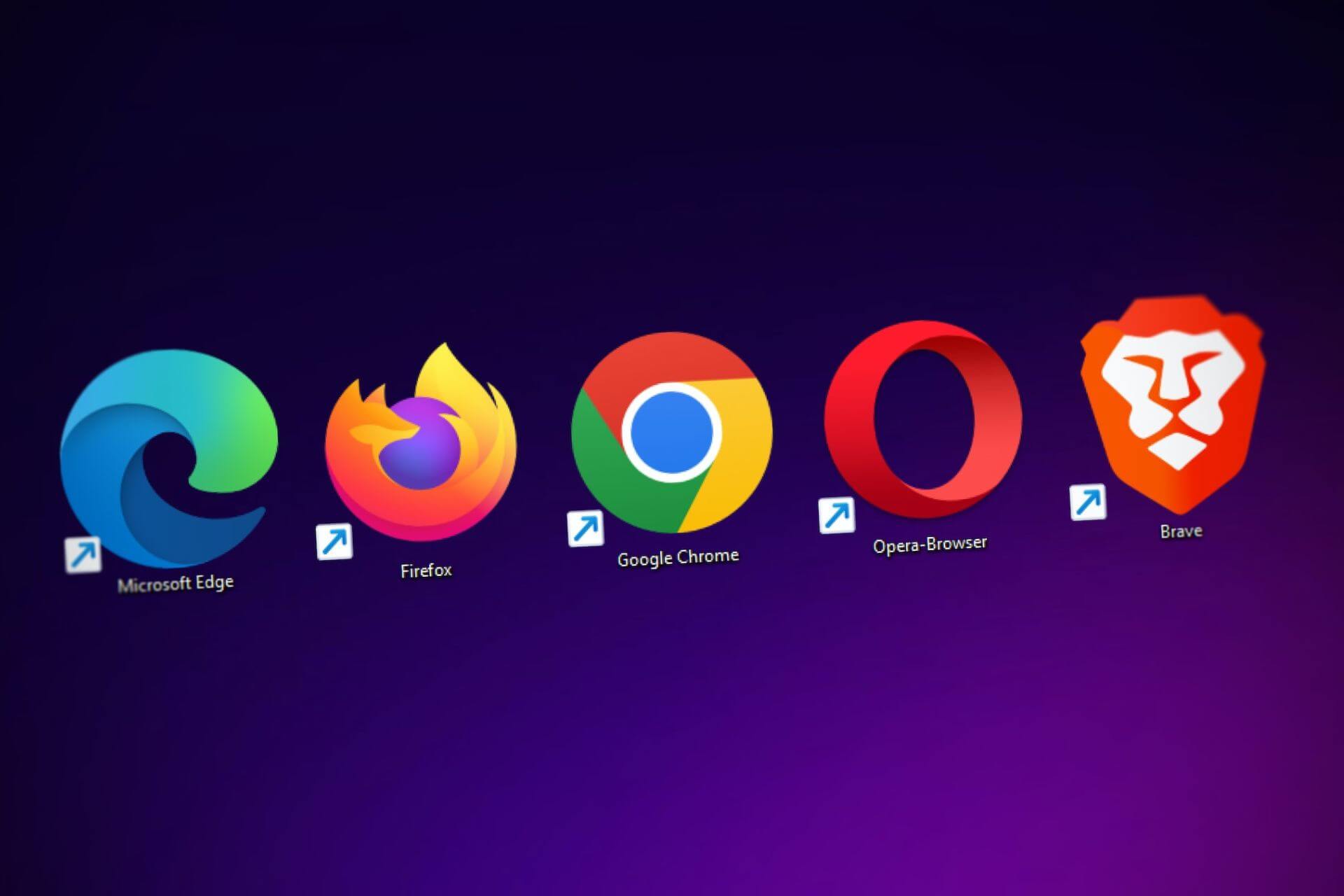
The Top 4 Cloud Computing Security Issues and How To Reduce Your Risk
November 4, 2021 - Revolutionized Team
Revolutionized is reader-supported. When you buy through links on our site, we may earn an affiliate commision. Learn more here.
Cloud computing has forever altered how people access data, collaborate and get work done. However, it has also widened the potential attack surface for cybercriminals. Here are some of the most common cloud computing security issues and how to minimize the chances they’ll affect you or your company.
1. Lack of Visibility Coupled With a Malware Spike
As people move more workloads to the cloud, it’s more likely they’ll have more challenges to ensure there are no associated security risks. The same is true at workplaces where people use numerous cloud-based apps that could go out of date and have unpatched security risks.
Cloud computing security issues also arise when hackers exploit legitimate cloud features by using them in ways not intended by the original developers, such as to spread malware. A 2021 report revealed a 68% increase in cloud-based malware. That jump comes as no surprise to some cybersecurity experts, though.
“Cloud apps provide a fertile entry point for attackers as they’re designed to be exposed to the internet and serve large user traffic. Although all modern cloud apps are being built with resiliency in mind, they can also suffer from various vulnerabilities and misconfigurations. These risks can allow attackers to gain access to the cloud network and provide reach to critical business databases,” said Om Moolchandani, a co-founder and executive at Accurics, a cloud security company.
The research also showed 66.4% of cloud malware stemmed from storage apps. Plus, 43% of all such harmful content came from malicious Microsoft Office documents. Cybercriminals characteristically orchestrate attacks to cause the most damage to the highest numbers of people. That means cloud computing’s growing popularity likely spurs this malware trend.
2. Shadow IT
Malware wasn’t the only security concern. The report mentioned above also highlighted that 97% of cloud apps used by enterprises are the shadow IT type.
People use such applications without the explicit permission of their companies. They often do so without knowing the associated security risks, however. For example, a person might download an app to help with productivity and not realize that decision could go against a company’s cybersecurity policies.
News broke in early 2021 about the increasing security issues associated with apps employees use. More specifically, Wandera, a company specializing in zero-trust security technology, studied the matter and released the results.
Company vice president Michael Covington explained, “We saw a fairly large number of apps claiming to offer collaboration functionality, though in reality they were designed to steal private information like messaging content or trick the user into granting access to the camera and microphone, thus enabling a remote attacker to eavesdrop.” He also confirmed it was usually the employees themselves who downloaded the apps.
The company’s data showed that 52% of people experienced malware attacks on devices used for remote working. Plus, of those compromised devices, 1 in 10 kept accessing cloud services after the malware exposure.
Gaining More Visibility Into Cloud Computing Security Issues
These examples show how a lack of cloud visibility could have a domino effect on a company’s total cybersecurity. However, reducing the risk starts with committing to take decisive action to improve overall awareness of what happens in the cloud.
From there, decision-makers can pursue several possible options. For example, many tools built to solve cloud computing security issues have real-time malware scanners that examine the network and individual files for suspicious signs.
Being more transparent about the apps people can use for work helps, too. Clarifying the rules and encouraging people to follow them won’t stop all shadow IT cases, but it should reduce them. Urge workers to get in touch with their direct supervisors before downloading any apps.
When people download apps for personal use, they should pay close attention to the associated permissions. For example, does an application ask for access to a cloud tool even though it shouldn’t need that to function? Such situations should raise red flags.
3. Misconfigurations That Cause Cloud Computing Security Issues
Cloud computing security issues also arise due to incorrect settings that unintentionally leave data exposed. The trend towards using multi-cloud storage environments gives customers more flexibility by letting them store their data in several places managed by numerous providers. That approach is particularly advantageous during outages because it creates a backup strategy.
However, managing multiple clouds raises the likelihood of misconfigurations that could lead to data breaches. According to one 2021 report, 76% of respondents use at least two cloud providers. It was worrisome, though, that 67% of those polled cited misconfiguration as the most significant cloud security risk.
Another finding from the study was that 73% of respondents were very to extremely concerned about cloud security. Perhaps there’s a silver lining in that finding, however, because it suggests people don’t automatically assume the cloud is reasonably safe.
Mitigating Misconfiguration Mishaps
There’s no single way to fix cloud misconfiguration problems. That’s primarily because such cloud computing security issues occur because of numerous mistakes.
For example, misconfiguration might mean unknowingly exposing unencrypted data to the public internet. It could also happen if keys and encryption passwords get stored in public repositories.
However, reducing such problems starts with more awareness. Creating logs showing when people make changes to the cloud environment and what they entail allows organizational leaders to pinpoint the cause of misconfiguration problems, helping them address the oversights faster.
Another relatively straightforward precaution is to limit the access of people who adjust settings on cloud platforms. If those individuals only have permissions directly related to their jobs, it’s less likely someone could make an error that has far-reaching consequences.
Performing regular audits to check for misconfigurations is another proactive way to cut risks. It also helps that numerous automated tools exist to automatically screen for problems and give prompt notifications of abnormalities found.
4. Staff Shortages and Overworked Team Members
After reading about cloud computing security issues for a while, many people may assume using the cloud makes them more vulnerable to cyberattacks. However, one study showed that 94% of organizations enhanced their security with cloud solutions.
Having a well-thought-out plan for using cloud computing before implementing that technology can certainly help. Additionally, it’s necessary to have enough employees to oversee and manage such transitions. Achieving that goal often proves challenging, though.
Research published in March 2021 showed 79% of respondents said staff issues impacted cloud usage, particularly as more company decision-makers chose to accelerate deployments with many team members still working remotely.
A different study indicated that many people-centered problems become cloud computing security issues. More specifically, 38% of respondents cited human error as introducing more risks. Plus, the real-time security notifications many platforms offer aren’t always as advantageous as individuals might think. That’s because 27% of users polled dealt with false positives, while 21% complained of alert fatigue.
That same investigation showed 36% of people had difficulties finding and retaining cloud security experts for their organizations. Another 35% mentioned struggles associated with sufficiently training their cloud security teams.
Minimizing Staffing Challenges
Staffing shortages are ever-present issues as people try to fill all types of internet security roles. Addressing the issue will not happen quickly. However, one smart move is for people not to get overeager about cloud adoption. Getting stuff done in the cloud can be a game-changer, but it can also become overwhelming without the security staff available to monitor for and tackle issues.
When companies already use security tools, a good starting point is to tweak the notifications so that team members only receive the most important and relevant alerts. Many products have artificial intelligence features that prioritize security notifications by severity, helping stop people from getting flooded with updates they might ultimately ignore.
If hiring more cloud security team members is out of the question, a workaround might be to have some of the company’s most promising employees get specialized training to help them deal with current and emerging threats.
Cloud Computing Security Issues Are Manageable
This overview of some of the most prominent security threats in the cloud computing industry should not discourage people from using the associated technologies. Cloud computing tools can help employees get more things done, increase collaboration, reduce the challenges posed by geographical boundaries and more.
However, curbing security vulnerabilities requires staying aware of current and emerging threats. From there, people are in better positions to determine how best to handle and screen for those problems.
Revolutionized is reader-supported. When you buy through links on our site, we may earn an affiliate commision. Learn more here.




